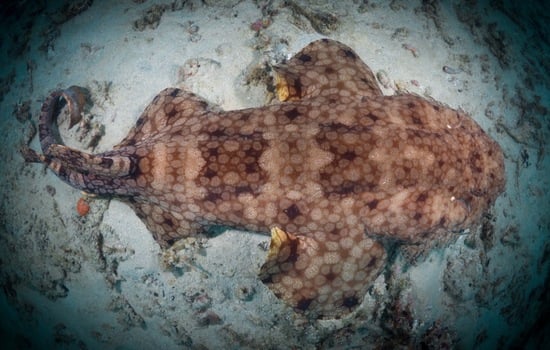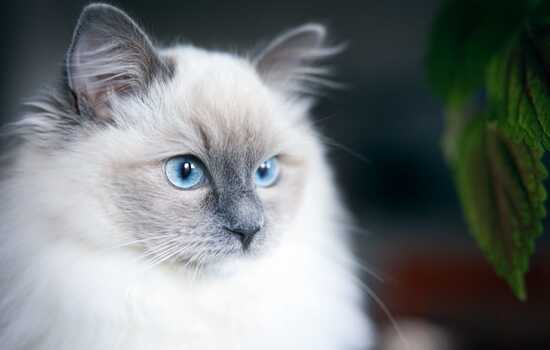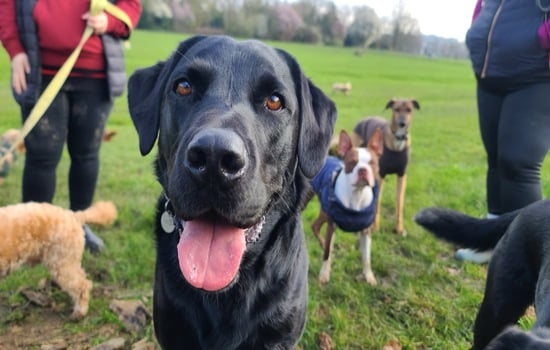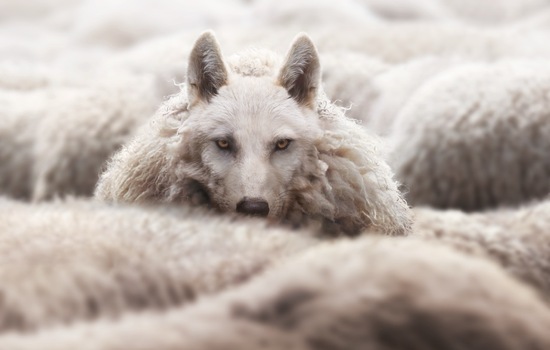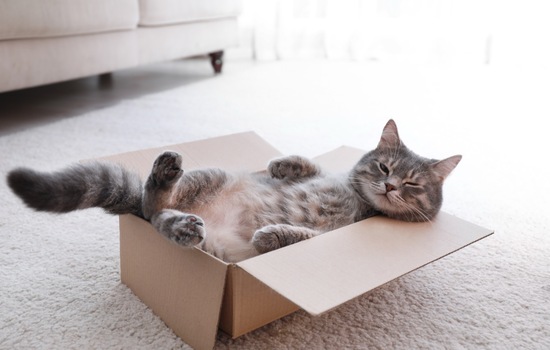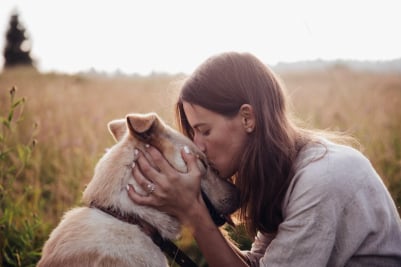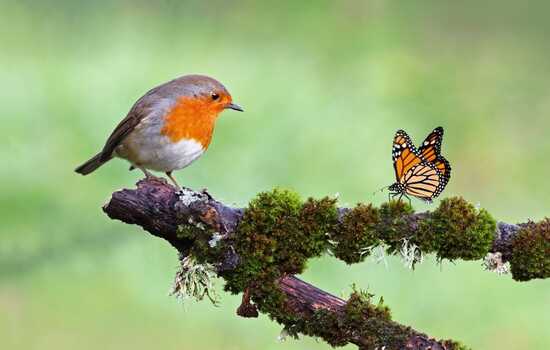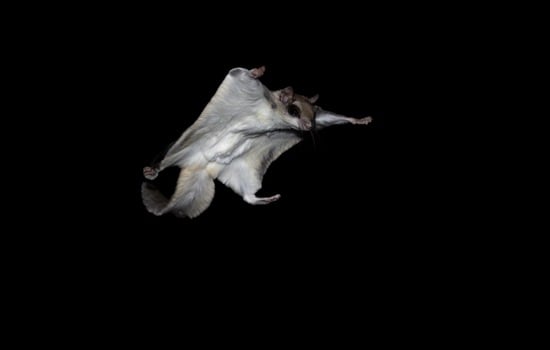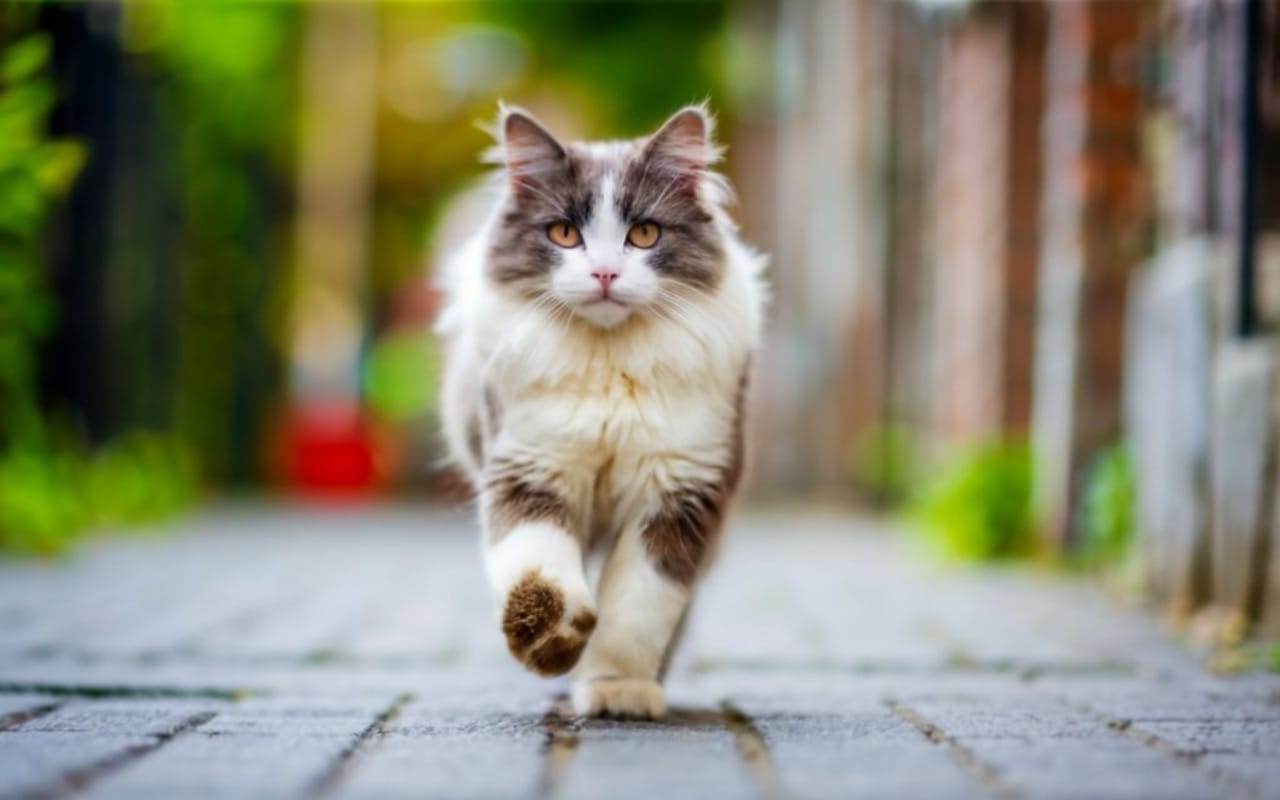
The Ragdoll Cat: The Gentle Giants of the Feline World
In the realm of domestic cats, where sleek hunters prowl and dainty lap cats preen, there exists a breed that combines the grace of a ballerina with the laid-back attitude of a Zen master. The Ragdoll cat, with its striking blue eyes, silky coat, and tendency to go limp with happiness in the arms of its humans, is a breed that defies many feline stereotypes. These cats are as known for their massive size and plush coats as they are for their docile temperaments and affectionate natures. Before we delve into the heartwarming world of Ragdolls, here's an intriguing piece of trivia: The Ragdoll breed was created in the 1960s in California, and its founder, Ann Baker, trademarked the name "Ragdoll," leading to some unique breeding and registration challenges that are still discussed today.
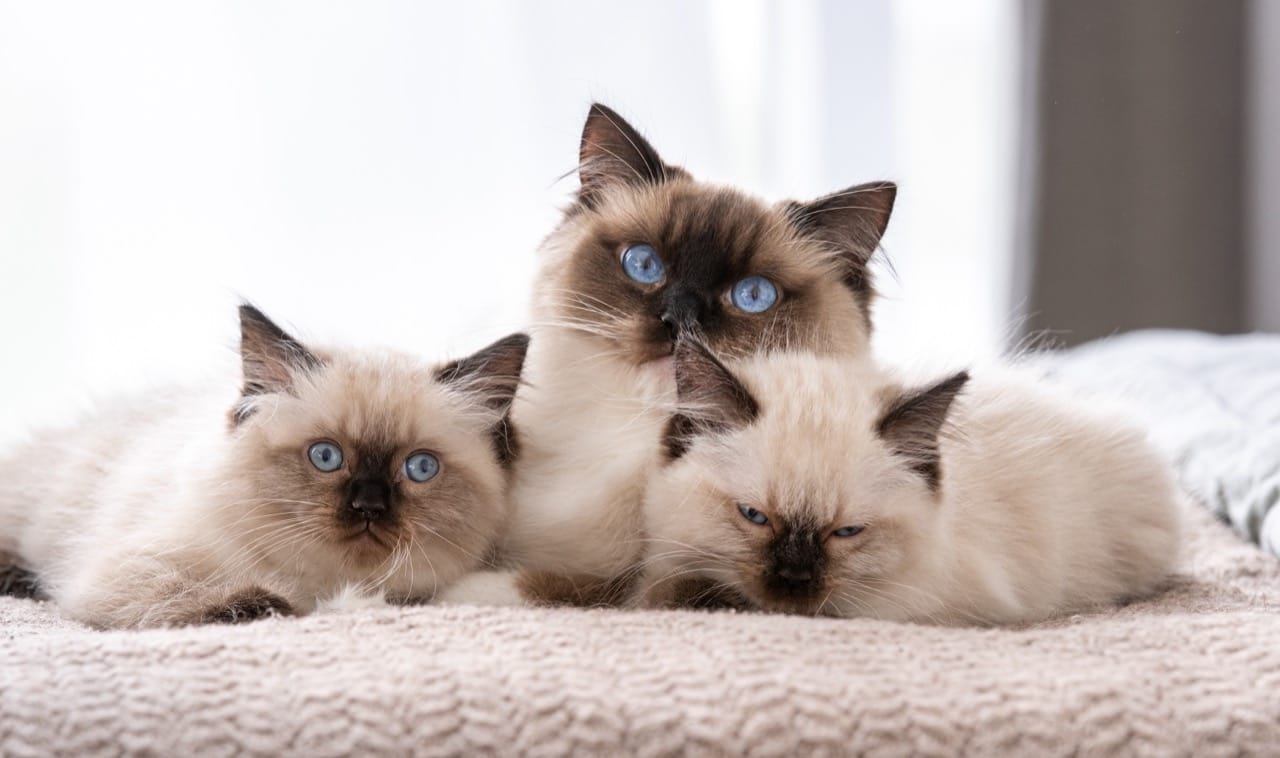
Origins: A Breed Is Born
The Ragdoll cat's origin story reads like a page from a fairy tale. In the early 1960s, Ann Baker, a Persian breeder in Riverside, California, developed the breed from a domestic longhaired white female named Josephine and several other unknown male Birman or Birman-like cats. The resulting kittens exhibited the distinct ragdoll trait of going limp in one's arms, alongside their remarkable color points, serene disposition, and striking blue eyes. Baker's careful and selective breeding programs emphasized these gentle behaviors and physical traits, creating the foundation for the Ragdoll breed as we know it today.
A Symphony in Fur: Physical Characteristics
Ragdolls are one of the largest domesticated cat breeds, with males often weighing between 15 to 20 pounds (6.8 to 9.1 kg), and females slightly smaller. Their semi-long, silky coat does not mat easily, thanks to a lack of the dense undercoat typical in many longhaired breeds. Ragdolls are best known for their captivating blue eyes and color-point coat pattern, similar to that of Siamese cats, which comes in a variety of shades including seal, blue, chocolate, and lilac. Their luxurious fur and striking appearance make them a favorite among cat fanciers worldwide.
Home Is Where the Heart Is: Habitat and Living Conditions
Ragdolls are indoor cats through and through. Their trusting and docile nature makes them ill-suited to the dangers of the outside world, including traffic and predators. These cats thrive in a loving home environment where they can roam freely, from the back of the sofa to the foot of the bed. Ragdolls are known for their adaptability and can live happily in both spacious houses and cozy apartments, provided they have enough room to play and explore. They appreciate having high perches and cat trees to survey their domain and enjoy the company of their human companions immensely.
Dining with a Gentle Giant: Feeding
Ragdolls do not have specific dietary requirements apart from those common to all domestic cats. However, their larger size means they might eat more than the average cat, making portion control and quality nutrition paramount. A balanced diet of high-quality cat food, rich in protein and low in carbohydrates, will keep a Ragdoll's coat shiny and its body healthy. It's also important to provide fresh water daily and to adjust the diet as needed for age, activity level, and health status under the guidance of a veterinarian.
The Ragdoll Temperament: A Cat Unlike Any Other
Ragdolls are often described as dog-like in their behavior, following their owners from room to room and greeting them at the door. They are affectionate without being overly demanding, fitting into the household rhythm with ease. Unlike many cats, Ragdolls are known for their tolerance of being held and may even go limp in one's arms, hence the name "Ragdoll." They are gentle and easygoing with children and other pets, making them excellent family cats. However, their serene disposition doesn't mean they lack playfulness. Ragdolls enjoy interactive toys and games, though they often prefer the ones that involve their human companions.
Lifespan and Health: Thriving with Care
Ragdolls are generally healthy, with a lifespan of 12 to 15 years, although it's not uncommon for them to reach their late teens with proper care. Like all breeds, they have the potential to develop genetic health issues, such as hypertrophic cardiomyopathy (HCM), a form of heart disease. Responsible breeders screen for such conditions to ensure the healthiest possible kittens. Regular veterinary check-ups, vaccinations, and parasite control are essential for maintaining a Ragdoll's health, alongside attention to dental care and weight management.
Navigating the World: Behavior and Training
Ragdolls are as intelligent as they are gentle, making them receptive to training. They can learn to come when called, play fetch, and use a scratching post instead of the furniture. Positive reinforcement, such as praise and treats, works well with Ragdolls, encouraging their natural desire to please their owners. Early socialization and consistent, gentle training help Ragdolls develop into well-adjusted adult cats, comfortable with handling and familiar with the routine of grooming and veterinary care that their long coats and large bodies require.
The Delicate Giants and Their Predators
While Ragdolls are indoor cats, their curious nature can sometimes lead them into precarious situations if windows or doors are left unattended. Their lack of a strong survival instinct means they may not fare well against common outdoor threats like cars, dogs, or more aggressive cats. Keeping a Ragdoll indoors, or in a secured outdoor enclosure, can protect them from these dangers and ensure they live a long, safe life.
Ragdolls: The Heart of the Home
The Ragdoll cat, with its serene demeanor, luxurious coat, and deep blue eyes, is more than just a pet; it's a companion for life. These gentle giants weave themselves into the fabric of their families with grace and affection, asking for little more than love, care, and the occasional chin scratch in return. The bond between a Ragdoll and its owner is built on mutual respect and understanding, a testament to the breed's incredible capacity for companionship.
Owning a Ragdoll is a commitment to nurturing a relationship with a creature of remarkable gentleness and beauty. These cats teach us the value of patience, the joy of unconditional love, and the importance of a soft approach in a hard world. As we open our homes and hearts to them, we are reminded of the simple pleasures of a purr, the warmth of a furry body curled up beside us, and the peace that comes from sharing our lives with these remarkable animals. The Ragdoll's presence in our lives is a gift, a reminder of the gentle grace that companionship can bring.
